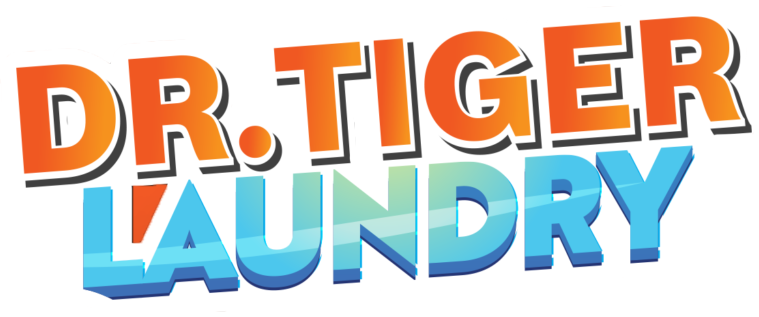The Joy of Deflation: Understanding Why We Love (or Hate) Playing with Balloons
Balloons have been a staple at parties and celebrations for centuries, but their appeal goes beyond just being a festive decoration. Playing with balloons can bring out strong emotions in people, ranging from sheer joy to intense frustration. In this article, we’ll explore the psychology behind why some people love playing with balloons, while others hate it.
The Thrill of the Chase
For many children (and adults alike), popping a balloon is a source of great smartsoftballoon.com excitement and satisfaction. The sudden release of pressure creates a satisfying "pop" sound that can be exhilarating. But what drives this desire to pop balloons? One possible explanation lies in the concept of novelty-seeking behavior .
Novelty-seeking individuals are drawn to new, exciting experiences that stimulate their senses. Popping a balloon provides an instant release of pent-up energy and anticipation, creating a sense of pleasure and satisfaction. This thrill-seeking aspect of playing with balloons may be linked to the brain’s reward system, which releases dopamine when we engage in activities that bring us joy or excitement.
The Comfort of Routine
On the other hand, some people find comfort in the predictability of balloon play. For instance, blowing up a balloon and watching it inflate can be a calming and soothing experience. This might be due to habituation , where our brains become accustomed to repetitive actions and find them comforting.
In this sense, playing with balloons becomes a form of self-soothing behavior, helping us relax and unwind in times of stress or anxiety. The gentle inflation and deflation of the balloon can be a meditative experience, promoting feelings of calmness and serenity.
The Agony of the Deflated
But for others, playing with balloons is an exercise in frustration and disappointment. Incongruity theory , which suggests that our brains prefer consistency over inconsistency, may explain why some people dislike balloon play.
Imagine blowing up a balloon to perfection only to have it pop or deflate unexpectedly. This sudden deflation can be jarring and disappointing, as it disrupts the expected outcome of playing with balloons (i.e., watching them inflate and maybe even pop in a controlled manner).
Social Influence and Cultural Significance
Playing with balloons is often a social activity, whether it’s at a children’s party or during a game of balloon volleyball. In such settings, our social norms and expectations can influence how we perceive balloon play.
For instance, if everyone around us seems to enjoy popping balloons, we may feel pressure to join in and participate, even if we don’t particularly like it ourselves. Conversely, if others frown upon playing with balloons or view them as childish, we may adopt a similar attitude.
The Role of Nostalgia
Playing with balloons can also evoke nostalgic feelings , reminding us of happy memories from our childhood. This nostalgia factor can make balloon play more enjoyable for some people, as it taps into their emotional attachment to the past.
In this sense, playing with balloons becomes a way to relive fond memories and recapture the carefree spirit of youth.
The Art of Balloon Twisting
For those who enjoy balloon play but find it too simplistic or childish, balloon twisting offers an alternative creative outlet. This art form involves twisting and shaping balloons into various designs, from animals to hats and even swords.
Balloon twisting requires patience, focus, and creativity, making it a more engaging and challenging activity for adults (and older children). The process of creating intricate balloon designs can be meditative and fulfilling, promoting a sense of accomplishment and pride in one’s handiwork.
The Emotional Connection
Playing with balloons can elicit strong emotions due to its tactile and sensory nature . The feel of the rubber between our fingers, the sound of air escaping as we pop or inflate it, and even the smell of latex – all these sensory experiences contribute to our emotional connection with balloons.
For some people, playing with balloons may evoke feelings of nostalgia, comfort, or excitement. For others, it might trigger frustration, disappointment, or annoyance. This diversity in emotional responses underscores the complex relationship between humans and balloons.
Conclusion
Playing with balloons is a multifaceted activity that can elicit a range of emotions depending on individual perspectives and experiences. From novelty-seeking behavior to social influence and cultural significance, various factors contribute to our love (or hate) for balloon play.
Whether we enjoy popping balloons, twisting them into intricate designs, or simply watching them inflate, playing with balloons taps into fundamental aspects of human psychology – creativity, nostalgia, and the need for stimulation and challenge. By exploring these underlying motivations, we can better understand why people love (or hate) playing with balloons.



